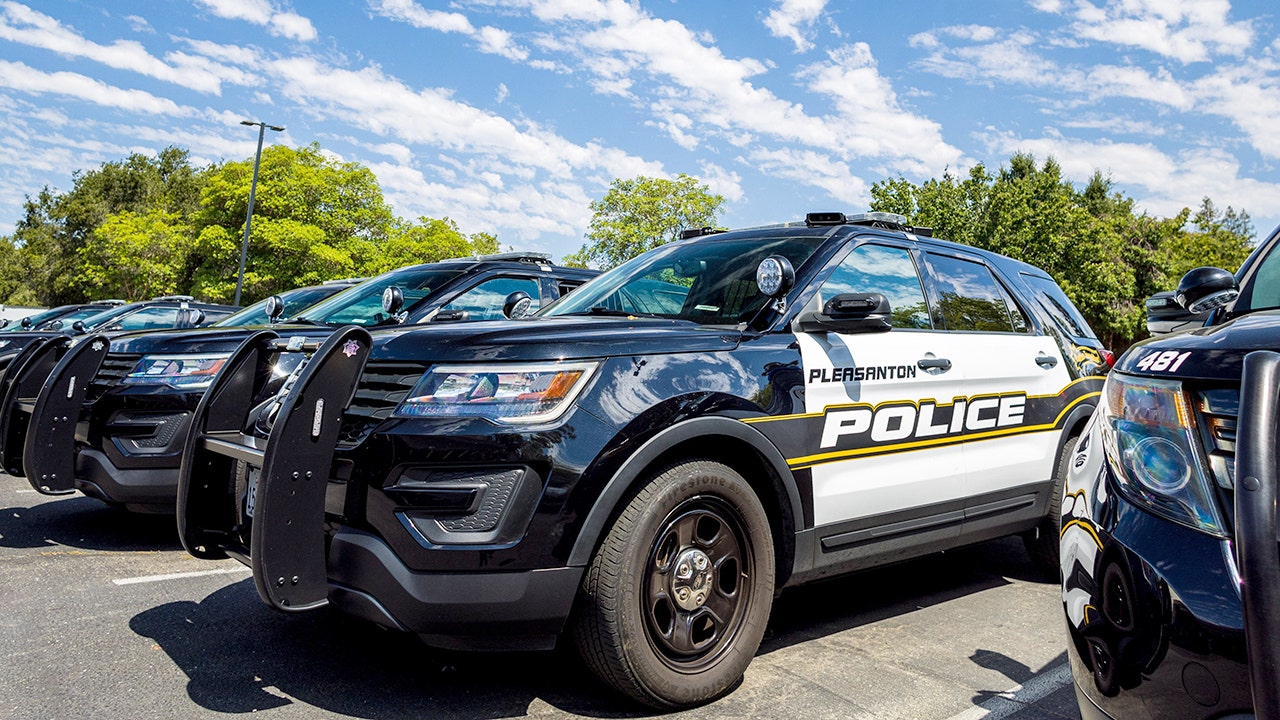Lying on her back, enormous paws in the air, Laerke the polar bear is being given her annual medical exam. It involves much the same as tests given to humans – blood, urine, heart. The difference? It takes a good half-dozen veterinary staff to turn her over.
The recent exam at Point Defiance Zoo & Aquarium in Tacoma, Washington, provided encouraging results for 3-year-old Laerke, who has been living in the U.S. state with her twin sister since June 2023 when they moved from the Detroit Zoo.
“So we’re looking for any kind of lumps, bumps, masses and large lymph nodes, anything that would be an indication of ill health,” said Head Veterinarian Karen Wolf. “But we didn’t find any of that. She is in optimal condition.”
POLAR BEAR IS SNAPPED STANDING UPRIGHT IN CANADA’S BAFFIN ISLAND: ‘GAVE ME GOOSEBUMPS’
Reuters was given exclusive access to film Laerke being checked from nose to tail during the hour-long exam. She also had her ears cleaned, which veterinary staff joked was like “spa treatment”.
Laerke, 3, a polar bear cub who lives at Point Defiance Zoom & Aquarium, receives a battery of tests from Head Veterinarian Karen Wolf during an annual medical exam on March 26, 2024, in Tacoma, Washington. (REUTERS/Matt Mills McKnight)
“It’s just incredible to get hands on a polar bear, there are so few of them. They are really charismatic animals and really need our support for saving them from extinction and preventing them from the effects of climate change,” said Wolf.
As warming in the Arctic has threatened the traditional habitat of polar bears, who rely on sea ice to hunt seals, the animals are spending more time on land, causing them hunger and threatening their numbers.
Point Defiance Zoo’s Rocky Shore & Tundra Assistant Curator Sheriden Ploof said zoos can be crucial in educating the public about the risk that climate change poses to wildlife.
“I think zoos play a really important role in conservation. It’s not enough for us just to have these girls here just to display them. We need to be working towards conserving their species and teaching people about climate change,” she said.




